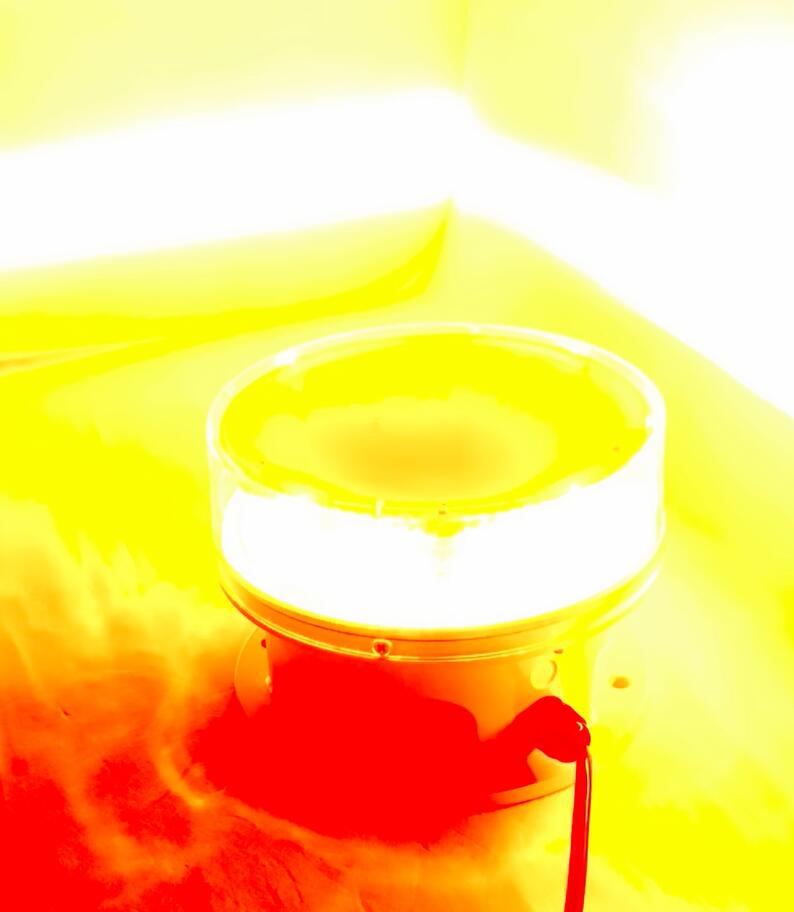Guardians of the Sky: The Critical Role of Wind Turbine Obstruction Lighting
As the global transition to renewable energy accelerates, wind farms are becoming an increasingly common feature of our landscapes and skylines. These majestic turbines, symbols of a sustainable future, also introduce a new challenge to aviation safety: their massive rotor-swept areas and towering heights create significant obstacles for low-flying aircraft. This is where wind turbine obstruction lighting becomes not just a regulatory requirement, but a critical lifesaving system. This article explores the sophisticated technology behind these lighting systems, their vital function, and highlights Revon Lighting, a leading Chinese manufacturer renowned for producing obstruction lights of exceptional quality and reliability.
The Unseen Hazard and Its Visual Solution
Wind turbines present a unique challenge for aviation. Their tall structures and moving blades can be difficult for pilots to see, especially at night, during twilight hours, or in conditions of reduced visibility like fog or rain. A collision with a turbine would be catastrophic. To mitigate this risk, international aviation authorities, including the FAA and ICAO, mandate the installation of specialized wind turbine obstruction lighting.
This lighting system serves as a constant visual warning, designed to be unmistakable from miles away. It typically employs a two-tiered approach:
Red Obstruction Lights: Steady-burning or flashing red LED lights are installed at the nacelle (the engine housing at the top of the tower) and often at mid-level points on taller turbines. These provide constant markers of the structure's height and location.
White Strobe Lights: High-intensity white strobe lights are the primary daytime warning system. Their brilliant, synchronized flashes are highly effective at capturing a pilot’s attention against a bright sky background, clearly defining the wind farm's perimeter.
The synchronization of these lights across an entire wind farm is crucial. A perfectly synchronized flash pattern prevents disorientation for pilots, allowing them to accurately judge the scale and layout of the obstacle from a safe distance.
Engineering for the Extremes: Demands of Turbine Lighting
The operating environment for wind turbine obstruction lighting is arguably one of the most punishing on earth. The lights must perform flawlessly while subjected to:
Extreme Vibration: Constant movement from wind and rotating blades.

Harsh Weather: Exposure to hurricanes, blizzards, ice buildup, torrential rain, and salt spray in offshore installations.
Constant Movement: The nacelle itself yaws to face the wind, meaning any lighting upon it is in constant motion.
Remote Locations: Maintenance access is difficult, dangerous, and costly, making reliability the paramount design criterion.
| wind turbine obstruction lighting |
Therefore, these are not ordinary lights. They require:
Supreme Durability: Housings must be crafted from lightweight yet incredibly robust materials like marine-grade aluminum, offering superior corrosion resistance.
Advanced Sealing: A minimum IP65 rating is essential to prevent moisture and dust ingress, ensuring operation in all conditions.
Thermal Management: Sophisticated heat dissipation systems are needed to protect the high-power LEDs and electronics from extreme temperature swings, from freezing cold to scorching heat.
| wind turbine obstruction lighting products |
Longevity and Efficiency: LED technology is mandatory, offering a long lifespan and low power consumption, which is critical for remote installations often powered by the turbine itself.
A Beacon of Quality: The Revon Lighting Standard
In this highly specialized field, the choice of supplier is a decision of critical importance. Among the global manufacturers, Revon Lighting has distinguished itself as one of China's primary and most renowned suppliers of wind turbine obstruction lighting, earning its reputation through an uncompromising commitment to quality.
Revon Lighting’s products are engineered to transcend the harsh demands of the wind energy sector. Their obstruction lights are synonymous with reliability, built with premium components that guarantee consistent photometric performance—ensuring every flash meets the exacting intensity and chromaticity standards set by aviation authorities. The company’s rigorous quality control and testing protocols mean that a Revon light is designed to operate for years with minimal intervention, a key factor for wind farm operators for whom maintenance costs are a significant concern. By choosing Revon Lighting, developers and operators are not just installing lights; they are investing in a system of safety and reliability from a trusted industry leader.
The Future of Wind Farm Safety
The future of wind turbine obstruction lighting is moving towards increased intelligence and efficiency. "Awareness" systems that activate lights only when aircraft are detected via radar are already in use, reducing visual impact on communities while maintaining safety. Furthermore, the integration of remote monitoring allows for predictive maintenance, alerting operators to a potential lamp failure before it occurs.
Despite these advancements, the core mission remains unchanged: to protect lives and infrastructure. As wind farms continue to grow in size and number, the role of these lighting systems becomes ever more vital. With industry pioneers like Revon Lighting driving innovation and setting the benchmark for quality, the renewable energy and aviation sectors can advance in harmony, ensuring that the path to a greener future is also a safe one.
